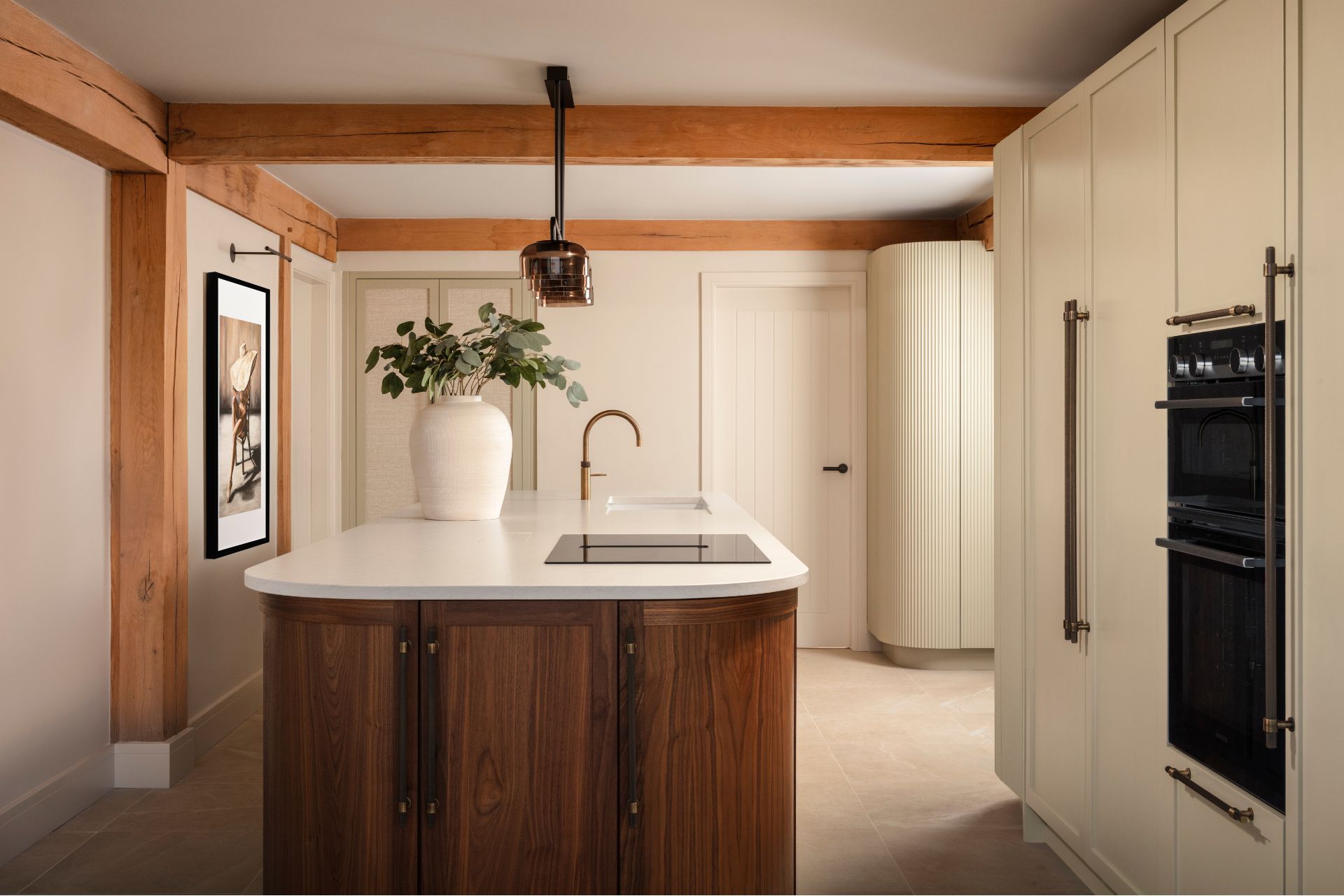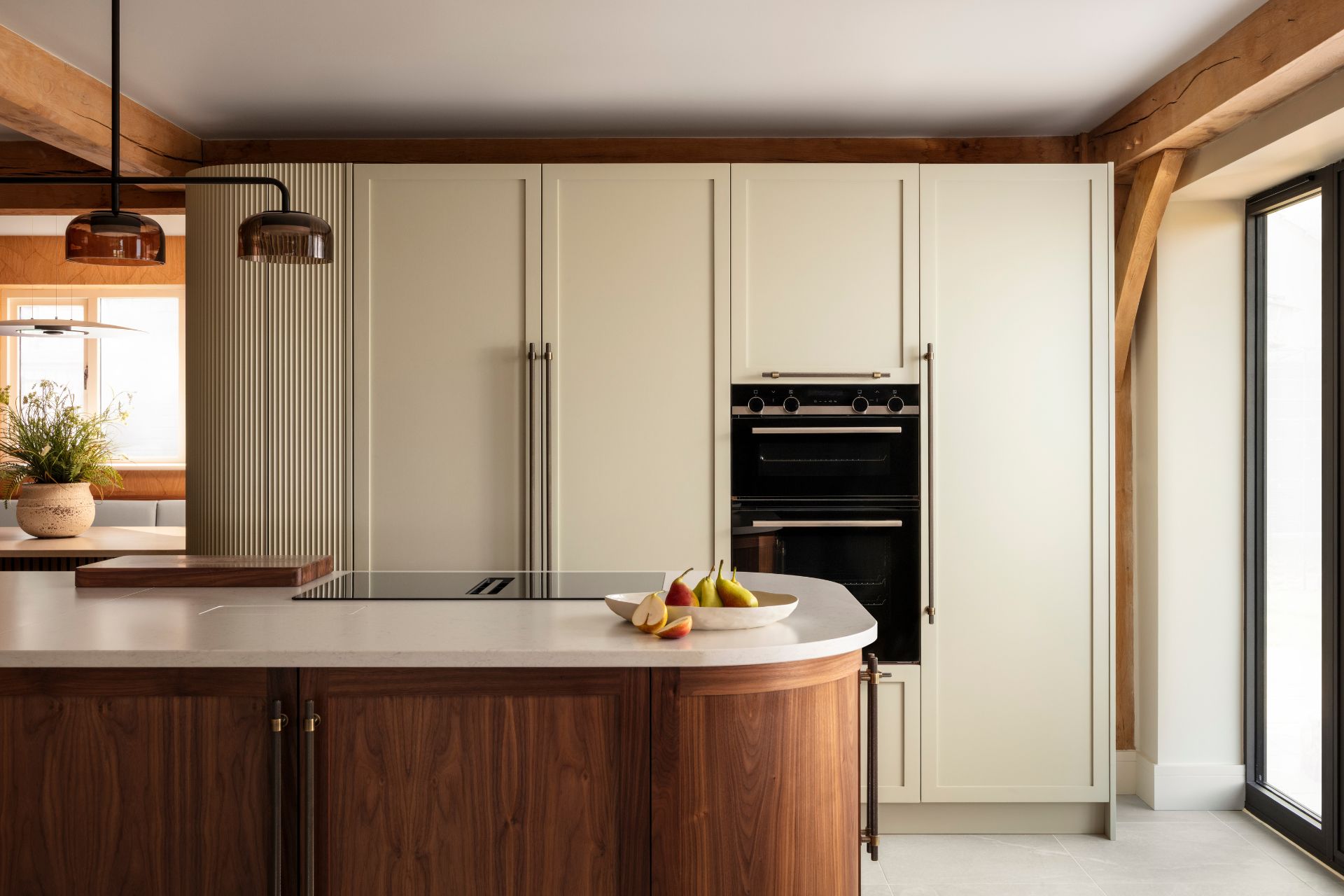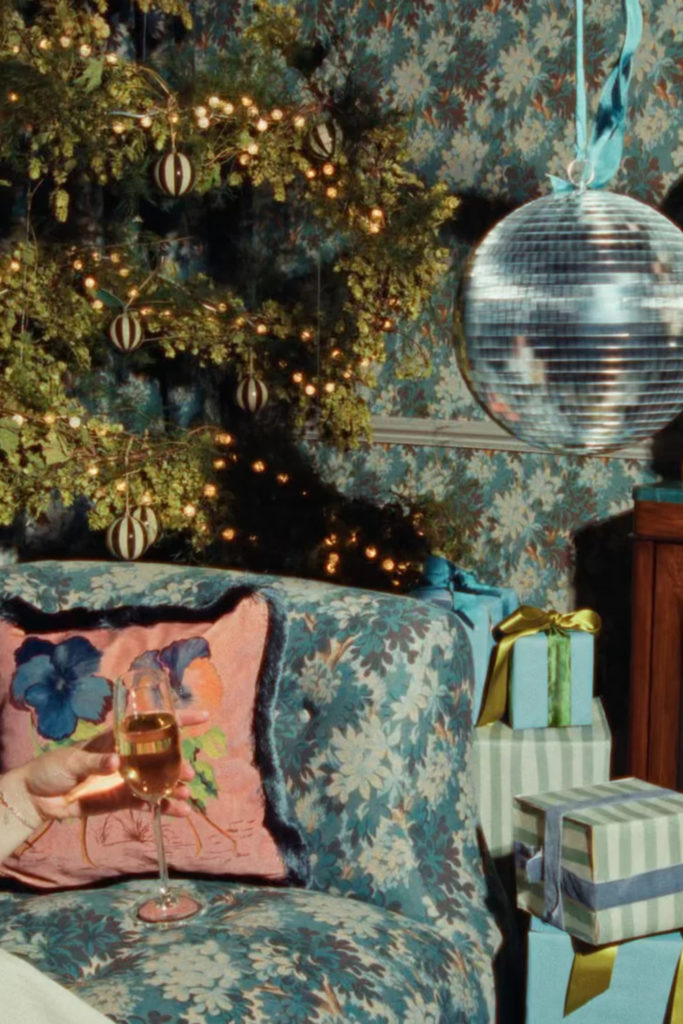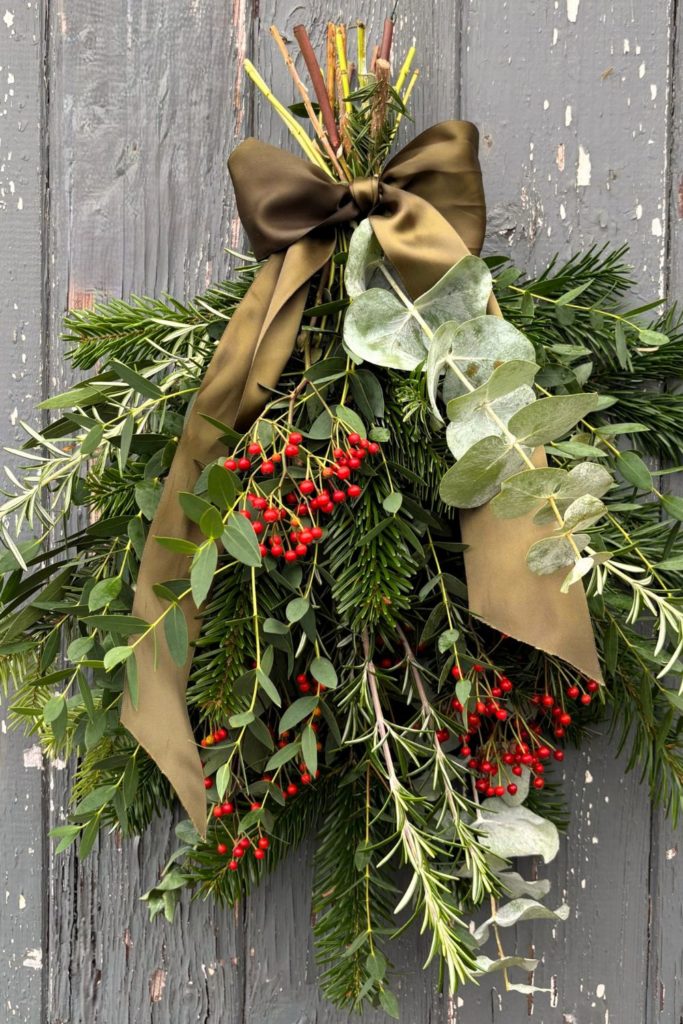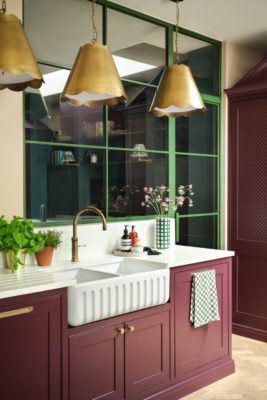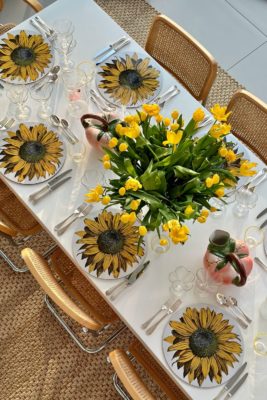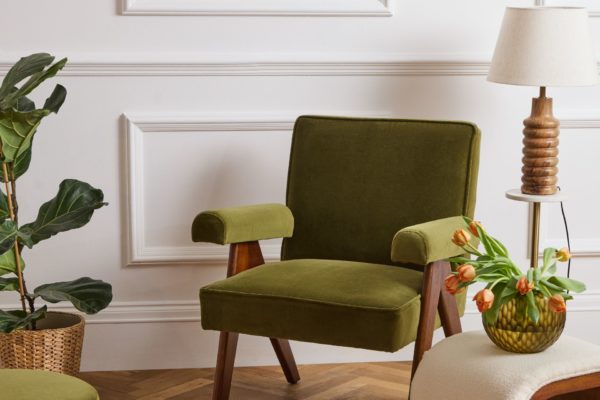Are Fluted Kitchens Still On Trend?
By
7 months ago
The experts weigh in

Late last year, design experts announced a flurry of kitchen trend predictions – from moody tones to bold tiles and brass features. A more recent development, however? The fluted kitchen look. Here’s what you need to know.
Kitchen Trends 2025: Fluted Cabinets
Before Japandi returned to the kitchen scene, the earthy Scandifornia aesthetic emerged – and before that, the Parisian bistro look was all the rage. Yet when it comes to understated, neutral kitchens, the latest twist on the trend is fluted cabinets.
Long favoured by designers for adding texture and visual interest to kitchens and dining spaces, it seems that fluted doors are most definitely still on trend. In fact, according to Kate Davis, showroom and interiors manager at Wolds Furniture, Google searches for these particular cabinets have started to climb.
‘Searches for fluted kitchens have surged by 217 percent in the past quarter, now topping 2,000 Google searches a month in the UK,’ she notes. ‘Fluted kitchen cabinetry is having a moment, but its appeal goes beyond just a trend; it’s a design detail rooted in craftsmanship and texture. In the kitchen, where hard lines often dominate, that can be transformative.’
Just as curved seats and ruffled edges are becoming hugely popular in living rooms and bedrooms, the subtle texture of fluted wood is bringing softness and visual complexity to kitchens. Here’s how to get the look.
What Are Fluted Cabinets?
‘We describe fluting as the vertical reeding or groove work added to cabinet fronts,’ says Kate. ‘It introduces rhythm, shadows and tactility that you simply don’t get with flat panels. The texture feels intentional; it’s more architectural than decorative.’
Why Are Fluted Cabinets On Trend For 2025?
‘Clients are craving more detail in their kitchens without adding clutter, and fluted surfaces offer this subtle drama.’ Kate notes. ‘They’re also incredibly versatile, fitting perfectly into everything from sleek, handleless kitchens to traditional farmhouse schemes.’
Textural details like these are perfect for smaller spaces, too. ‘Fluted cabinets play beautifully with light – so whether you’re using a natural oak or a painted finish, fluting can add an extra layer of interest, especially in small or minimalist spaces,’ Kate explains.
What To Consider Before Choosing A Fluted Kitchen
Fluted cabinets certainly look the part, but how practical are they? According to Kate, they can require a bit of extra attention to prevent grime from building up.
‘The main point is cleaning,’ she tells us. ‘Dust and grease can settle in the grooves if you’re not careful, so we tend to advise shallower fluting near hobs and prep zones.’
Another key consideration is the overall design of your kitchen; you’ll likely want to use fluting for feature walls, for example.
‘If everything is fluted, it can become overpowering,’ Kate reflects. ‘We often suggest using it to highlight specific areas like an island, a pantry or an integrated bar area rather than across every cupboard.’
Fluted Kitchen Ideas
Looking for some design tips to get your fluted kitchen on track? Kate advises utilising curved corners, tall units, and even bulkier appliances like extractor fans.
‘We’ve wrapped fluting around curved island corners to create a centrepiece – it gives a soft, almost furniture-like effect,’ she says. ‘Another option is to use it vertically on tall units that hide appliances, which makes them feel more like sculptural features.’ The same goes for your extractor fan: ‘Instead of hiding it in standard box casing, clad it in fluted timber or lacquered panels,’ she suggests.
If you’re after a few elegant details rather than show-stopping centrepieces, add fluting to your baseboards – and make sure to play around with materials and finishes, too.
‘The bottom of your cabinets can be fluted to draw the eye down and subtly elevate the whole room,’ Kate says. ‘Remember that you can also finish fluted surfaces in a high-gloss lacquer. This reflects light and creates a totally different vibe to matte or painted wood.’
Images courtesy of Wolds Furniture/Usher & Co Interior Design/Sean Davies – Two Bears Studio Photography


